I have to confess I have a deep fascination for adventure riding. It kicked off back around 1997 when I was given a BMW Funduro to test at a BMW Safari in New Zealand. On that weekend – being Kiwi Rider’s road tester – I was given the road route to follow. All along that route I’d intersect with the route the riders on the off-road course were following. It was clear that as much as I was enjoying my ride, they were having the better day.
A couple of years later (still in NZ) I was testing BMW’s R1150GS Adventure and again, without a doubt, I knew this was a new kind of fun that I wanted more of, combining elements I enjoy – nature/countryside, plus riding, plus endurance. I like, too, that the big bikes, while cumbersome at times, slow you down (off-road) and kind of force you to live in the moment, to concentrate, plan-and-execute and then appreciate. You can’t just blast along, like you’re in some extended motocross. And I rather like stopping. Yes, I like a flow to my ride, but equally stopping and just sitting there looking, listening – even smelling – the natural environment, that’s a big part of the activity.
I’ve been lucky, by way of being a writer/photographer/editor, that over the years since that first initiation I’ve been invited on some incredible adventure rides all around the world. Yet since settling back in the UK in 2003, I’ve been keen to find similar adventure experiences right here on these isles. That desire led to a four-day ride in 2014 that we ended up calling ‘The Pilgrimage’, when I rode with the TRF’s John Vannuffel from the Kent coast to the North Wales coast using as many green lanes as was feasible in the time (as published in TBM – and republished here on the RUST pages). It was an epic ride, one of my best adventures.
I rode a Honda CRF250L for that ride, which was perfect for the job, but since then I’ve been keen to see if I can create similar adventures on a big adventure bike. In recent years I’ve found the Rally Moto team has offered exactly that, big bike off-road adventures here in the UK packaged-up in a road book rally format. They’re awesome, not just for the brilliant trails and organisation but for the camaraderie, too. I 100% recommend anyone into, or getting into, adventure to join the Rally Moto club, for the riding, for the training, for the shared wisdom and for the access to the trails – many often not available to the public at any other time.
Still, I’ve been seeking an adventure experience, here in the UK, akin to setting off abroad on The Big Ride. This has prompted much research over the years, remembering places I’ve ridden with Rally Moto, with Mr Vannuffel, with guys like Yamaha Off Road Experience, and pulling it all together into a big (mini) ride. And so lately – realising time has been getting away from me – I’ve acquired a Garmin Montana and spent countless evening hours with that and its allied Basecamp software learning, as best I can, the art of plotting routes (and tracks). I’ve re-joined the Trail Riders Fellowship and found their Green Roads Map (the GRM) utterly indispensable. And I’ve got an OS Maps subscription because you just can’t fault the quality and detail of their maps.
And so it came to be that here, in March 2022, I finally had what looked like plot of a four-day UK adventure ride suitable for a big adventure bike. Not any old ride, though. My ride. I looked for long green roads, sections that would convey wilderness, rather than just a bimble down a muddy track between the hedges. I had my bike ready, too, after months of gently adding various protections and accessories. It’s the RUST Yamaha Ténéré 700, as we know from the ongoing blog. Well-prepped, but still riding on the original Pirelli Scorpion Rally STRs on account finding tyres right now – given worldwide shortages brought on by Covid – is proving rather difficult.
Now I wasn’t planning on a March ride, but when a summer-like weather window suddenly opening up, promising a dry and warm long weekend, I just had to pack everything real quick, apologise to wife and son (and dog) for the sudden desertion, and go. No time even to pick a ride companion. Besides, there’s a personal nature to this ride, some bits of the route were a bit vague as well, so I’d sooner have this ride ‘cleaned’ before subjecting anyone to my idea of big bike UK adventure.
Loosely, the ride went Wales – Lancashire – Yorkshire. Now rather than subjecting you to a day-by-day, hour-by-hour account – which can get seriously tedious – I think it better to go with the ‘things I learned’ style of reporting. Things that might help you if you’re of a similar leaning. So here goes.
Things I learned…
1. Adventure bikes are heavy
They certainly are, although this isn’t news to anyone. But it’s worth considering just how heavy. Take the Ténéré, it’s claimed wet (fuelled) weight is 204kg. Now I’ve added a fair few kilos in protections, then there’s the luggage – I have two 38-litre Touratech Zega aluminium panniers fitted which I fully packed-out (yeah, I know, light is right). And because the Ténéré runs on tubes I chose to take spare front and rear tubes, plus tyre levers, plus pump. Plus a range of tools just in case. I even took a first aid pack on account it was there and I figured if I didn’t take it fate would snatch at its opportunity. Then there’s the camera bag. In all I think I added a fair 25-kilos to the bike, so nearly 230 kilos all up. That’s like riding two Yamaha WR250Fs at the same time. When attempting some sketchy climbs or descents – and remembering the tyres – you have to ride with that in mind.
2. UK trails are slow going
I’ve ridden on nearly every continent now (obviously not Antarctica) and grown used to long distance days, many easily upwards of 300km. Now Iron Butt riders like to aim for 1000km, maybe even 1000-mile days, but they’ll use fast roads to do that. Off-road, 500km is a very long day. Get onto UK green roads and country B-roads, and smaller, and by heck your average speed plummets. In Wales I really struggled to hit my planned distances. And besides, if you put too much distance into a day you run out of time to appreciate what you’re riding through – you’re just obsessed with reaching the end of the day. No, with the trails demanding a top speed of say 20mph, on account of the technicality and rocks, I think a realistic day’s riding, where you’re riding say 50:50 road to trail, is around the 150km mark (argue with me if you will). Of course, I’ve ridden 500km days with Rally Moto, but we’re talking 8am to 10pm there and keeping going at all times. Here, I’m talking proper leisure riding.
3. 4x4s are killing our trails
I’m not an anti when it comes to 4x4s, I bumped into many 4x4s along the way of my four-day ride, all driven by nice guys. But by heck their vehicles just churn the trails up. The worst bits – and this was a consistent theme – are the inclines. Anytime those 4x4s need to go acutely up or down they just tear into the terrain. I met two on one steep rocky lane. To pass them I had to remove the panniers and lay the Yamaha into a bank, there was that little space. As they drove past, obviously in full four-wheel drive in low ratio, at 2mph, their tyres were kicking out rocks the size of breeze blocks. Elsewhere, where there were steep climbs or descents, I found myself fighting for control as the trail was that torn up, and falling into the trenches the 4x4s left would be game over. Of course there’s water erosion too, but I’d wager it’s the trenches the 4x4s leave that start that line of damage. All that damage leads to TROs (Temporary Restriction Orders) – closures, in other words – and consequently even more traffic being funnelled into the remaining lanes – and so exacerbating even more wear and tear. For sure, we need to work with the 4×4 guys to see what we can do here. We can’t ban them, but we need to work with them on sustainability and on preservation-come-maintenance – like putting in a lot more work in to repairs – or we’ll lose more of our network.
4. Strata Florida ate my skid plate
I do like this section. I also hate it. But I rode the famous water-and-rock section for the umpteenth time to see how my technique is holding up and how the Yamaha would cope in extremis, fully loaded. I was lucky, with little rain recently the river crossings were easy and as the water runs clear you can mostly see the rocks underwater. No drama. However, every so often you come up on some serious rocks and as much as I’d try popping the Yamaha over the rock bands or over the odd sharp-edge ridge, those rocks took every opportunity to bite or punch the Yamaha’s skid plate – actually it’s a full-on engine protector (Touratech’s Rallye edition). I’m so glad the Yamaha was wearing that one and not the OEM bash plate – it wouldn’t have stood a chance. Elsewhere on this ride, too, I’d hear some real ‘clanks’ as the odd rock step proved too high for the Ténéré’s fair 240mm of ground clearance. So, riding in Kent and the home counties, yes probably fine on the OEM plate – elsewhere… tool up, chaps. Oh and if there is a real challenge in Strata Florida – it’s the ‘splashes’. These are puddles that will swallow your bike whole. Jeez.
5. Yorkshire’s park wardens are doing a fine job
Mostly as I ride the country’s byways I find these green roads are rarely signposted. I say rarely because everywhere you can find a few good examples of signage, but often they’re not. In the Yorkshire Dales and Moors I found, on the trails I rode, excellent signage. And sometimes not just a wooden post with ‘Byway’ etched in, but frequently a second sign explaining that as a BOAT (Byway Open to All Traffic) this byway was indeed open to all vehicles. This, I think, led to a proper sense of acceptance and sharing with all users, especially the walkers. They expected to see me and there was no conflict, in fact often a cheery chat and exchange of experiences. Obviously, I met the odd staunch anti – you can read them by their pinched faces – but given the clear signage they had no grounds for confrontation. Always, though, with walkers, I cut the speed to single figures and offer a polite greeting.
6. By ‘eck ain’t it grand?
No question, I’ve been blown away by the scale and grandeur of the British countryside – it is world class. And absolutely, we have green roads (I try not to call them trails) that take us into wilderness settings. Riding on my own there were times that remoteness left me a little on edge – I feared a long walk out should anything go wrong – but equally I was thrilled to feel so disconnected from urban society. And so often there was nobody out there except me. Even on the sunny Sunday afternoon riding across Rudland Rigg in the Yorkshire Moors I saw not one other vehicle and probably six walkers at most.
7. There’s worse damage being done elsewhere
In response to our haters, the antis, I’m aghast that they exaggerate the damage that our passing (might) cause on the very little countryside we access, especially when I witnessed the scale of rural destruction I saw away from the lanes. Road building continues into rip acres and acres of natural habitat. In Wales, commercial forestry – admittedly by necessity – lays waste to hillsides of trees in an apocalyptic fashion. I’m not sure what the biodiversity is in pine forests (probably not that great given the mono-culture) but the wreckage of logging matches that of the Russian army obliterating Ukrainian cities. Talking of cities – urban sprawl, boy is that a thing. So the odd rut or trench here and there – even the 4×4 wear and tear – is as nothing as to what’s going on in the name of commercial gain.
8. B&Bs are great
I’m with the TRF with their message that trail riding helps rural communities. On this ride I stayed in local pubs and B&Bs. And the locals treated me like a king, offering great food and service all the way. And what I like here is these are small businesses, often family run, and I like to think what profit they make goes directly to their benefit. When I think of the Premier Inns of this world, as convenient as they can be, there we have an industrial process with staff on minimum wage and the real benefits, the profits, syphoned off by the top management and shareholders. Oh yes, and what a soulless experience you get as a customer. So, for four days I personally fed £100 per day into the local economies in terms of B&B, meals and fuel. We do our bit.
9. If I haven’t said it before, riding brings me closer to nature
Of course walking would as well, probably more so. But… the bike gets me out there. I saw plenty of Red Kites in Wales. On one trail (sorry, green road) there was this blooming great bird of prey perched on a post, I was probably ten feet away from him (or her), inching forward with the engine off, before it said ‘enough’ and with one swoop of its wings just turned and flew off, I swear it only took three wing beats to make 100-foot. I saw plenty of hares and rabbits. Sadly, all the badgers I saw were roadkill. The varied birdsong told me that I was certainly among a fair mix of feathered types. And I was impressed by some longhorn cattle up in the high country. The sheep, as usual, found themselves on both side of the fence – how is it they can escape a field but not remember the gap in the fence they exited it by?
10. Adventure in the UK is possible
Next time, I’m taking a companion. I think the stress of riding alone on a heavy bike is just a little too much, you need the backup should you get stuck. And frankly nearly every green road has a technical section somewhere along its length (be it incline, river crossing, mud, rocks etc) where you might just need a pal to pick you up and help extricate your bike. But for sure, there’s great adventure riding to be had in the UK. Obviously, that’s not a bombshell. But what I’m saying is outside of TET – which is really for sub-650cc trail bikes – you can legitimately ride a big adventure bike off-road and have a real adventure experience here in the UK, you just have to be a tad more selective on your choice of route. And the bonus, the big takeaway here, is that UK adventure riding is that technical that it’s brilliant preparation for The Big Trip. If you can ride the green roads that the UK offers, then you can ride anywhere in the world, you will have the skills.
Next Time?
Well, there you have it, ten things that have stuck with me since the ride. Fact is while I enjoyed the four-day ride – and sometimes didn’t, sometimes your energy drops, or something doesn’t go or feel right – I know I can do it better. There are green roads I want to keep, to ride again, others I’d like to swap out. And frankly I’m ready for another Rally Moto event because doing all the route finding (and verification) yourself is one serious amount of work – I can’t give Burt and his team praise enough for what they do. But I’ll be adventuring again, very soon. Weather permitting – hey it’s snowing! Here in Kent…?
But adventure riding. It’s good, eh?!
And by the way, if you’d like to share your adventure riding in the UK observations – or take JB to task on anything he’s said – please feel free to comment below.

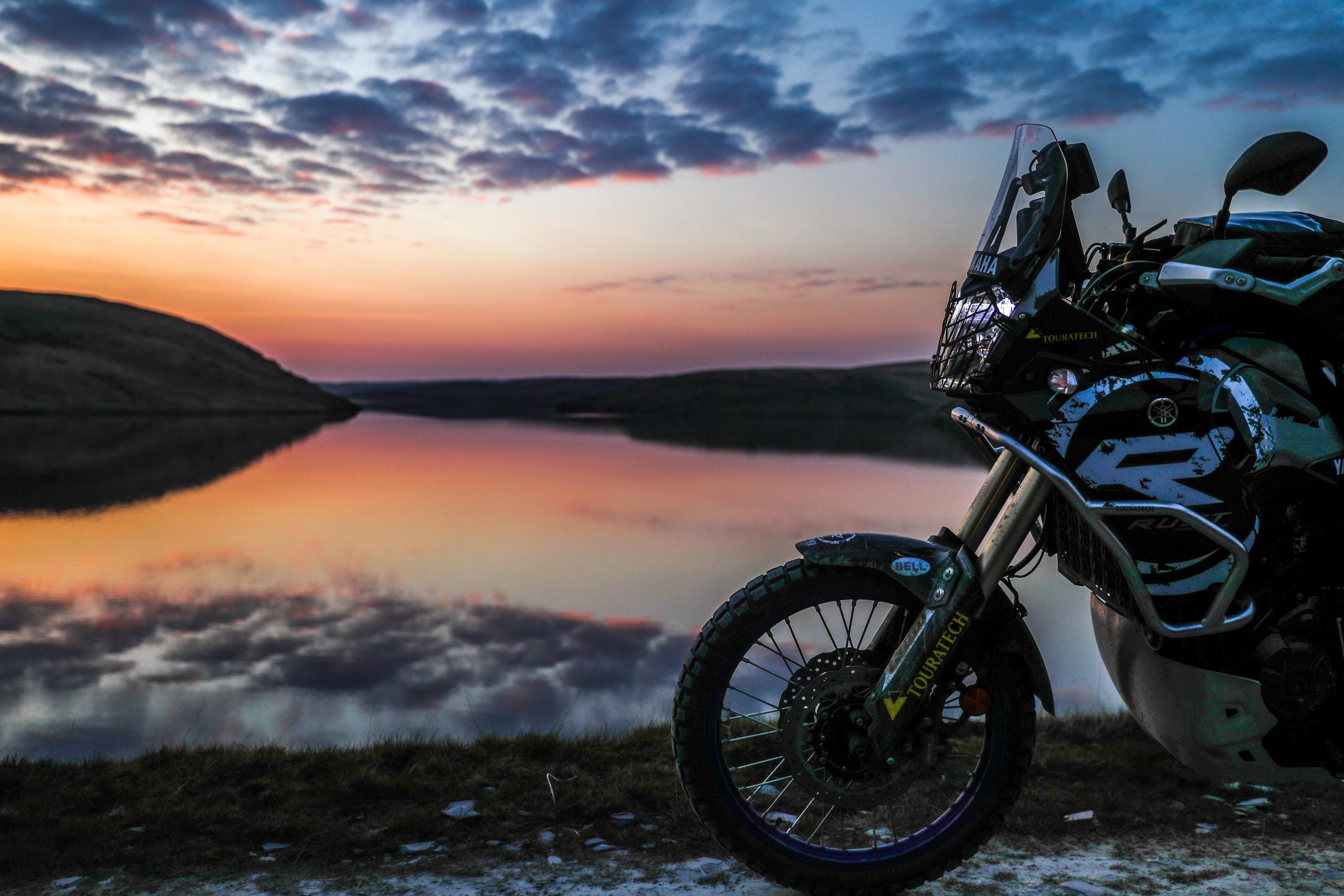

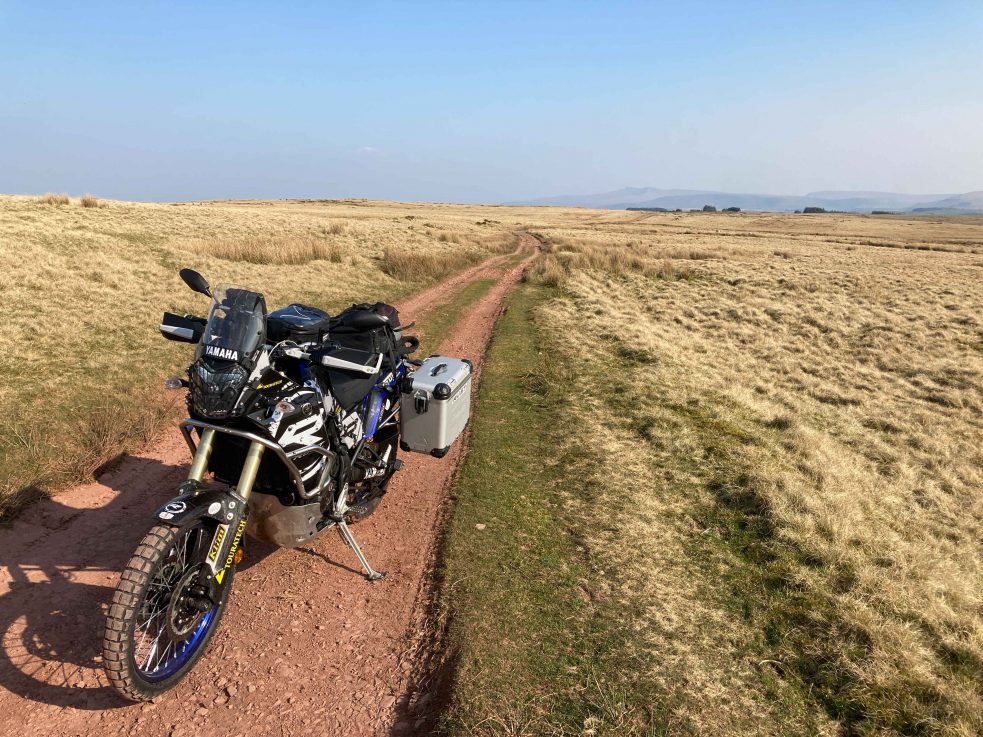
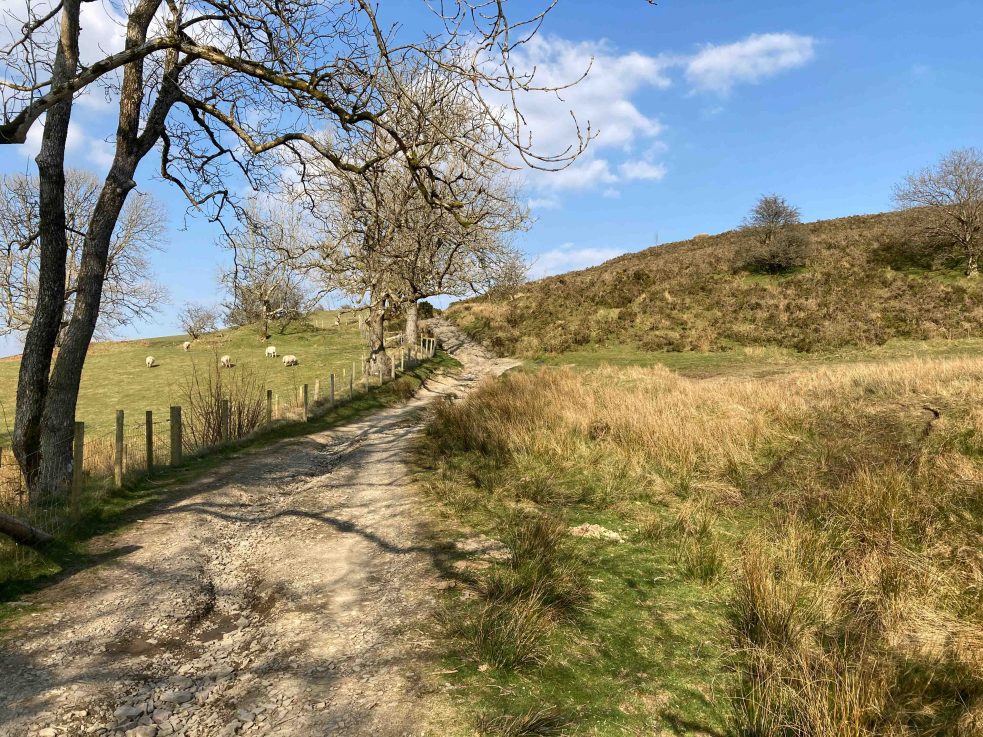
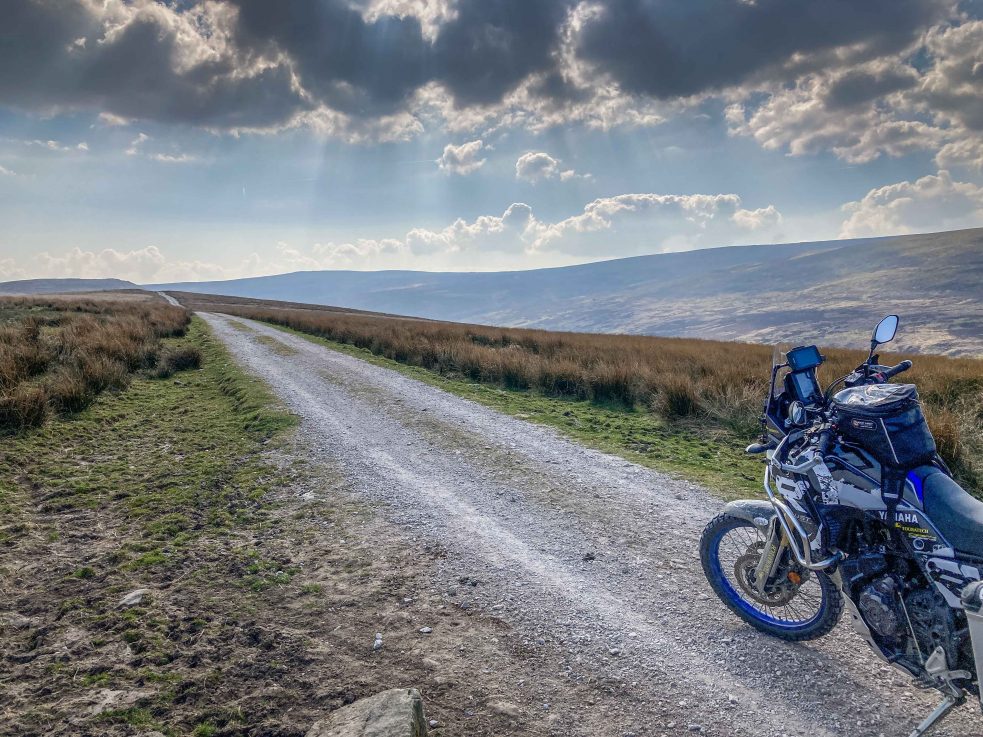
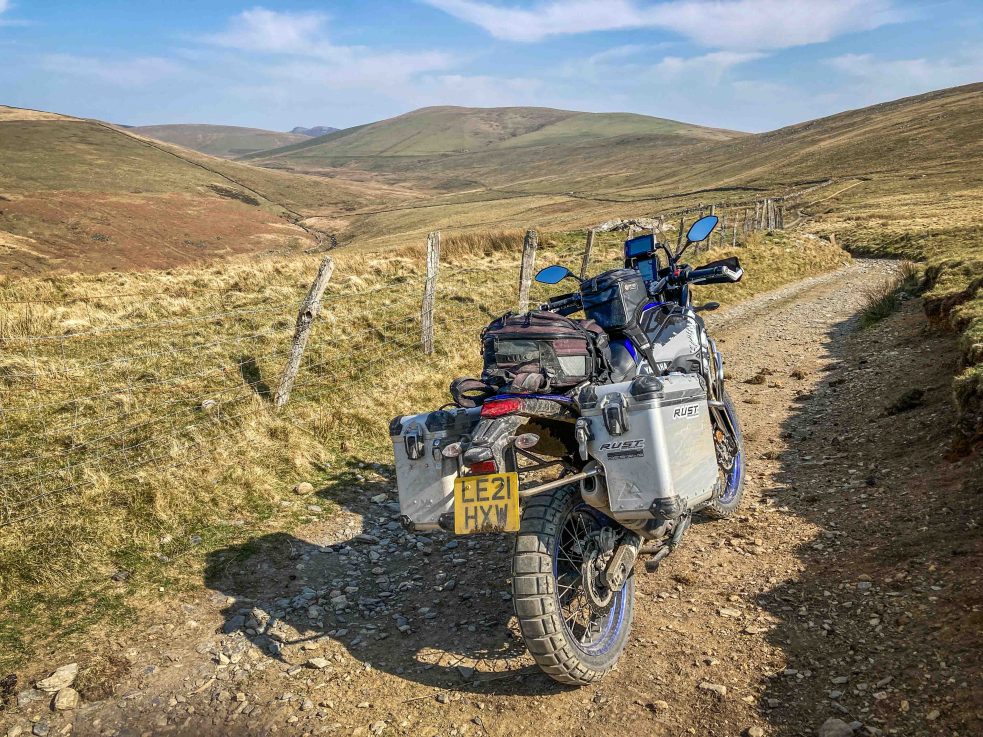
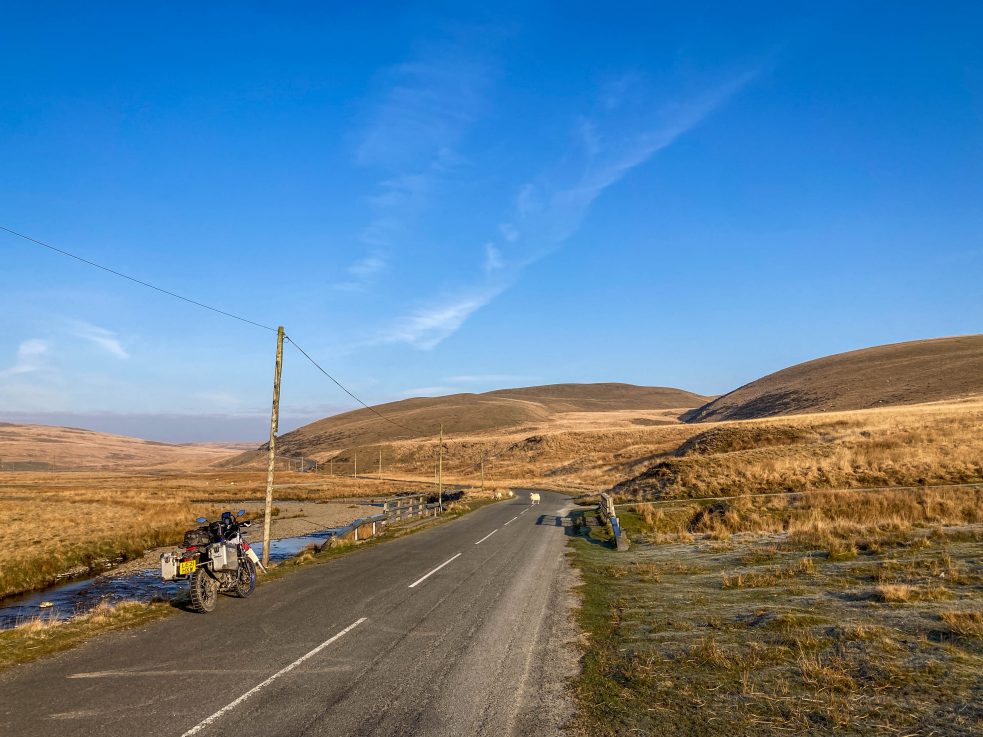
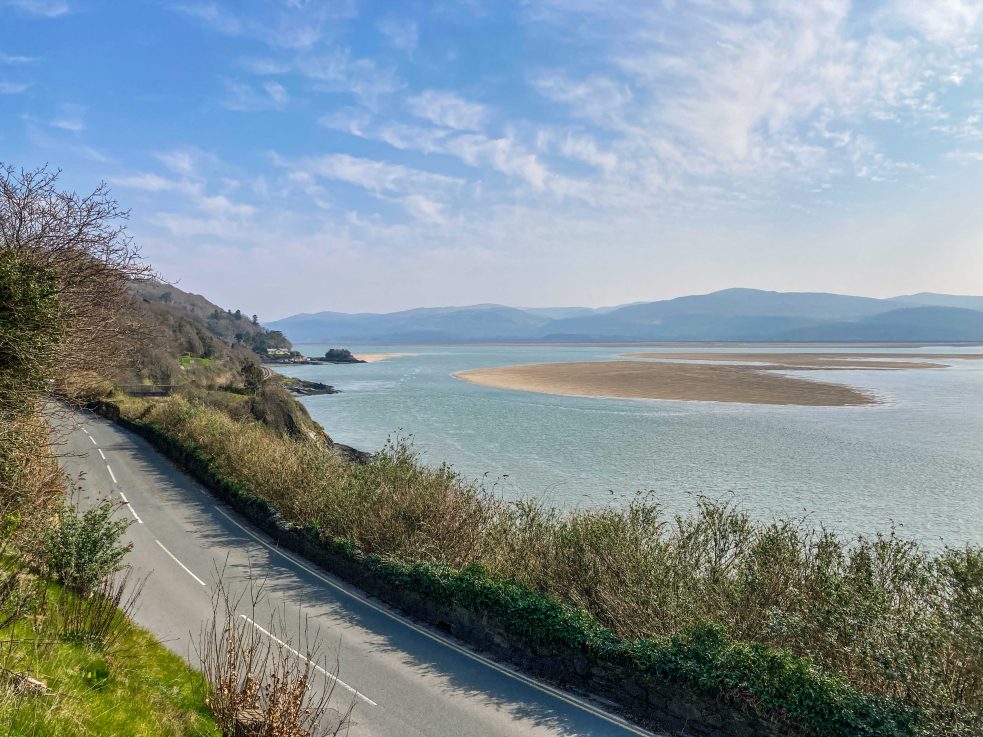
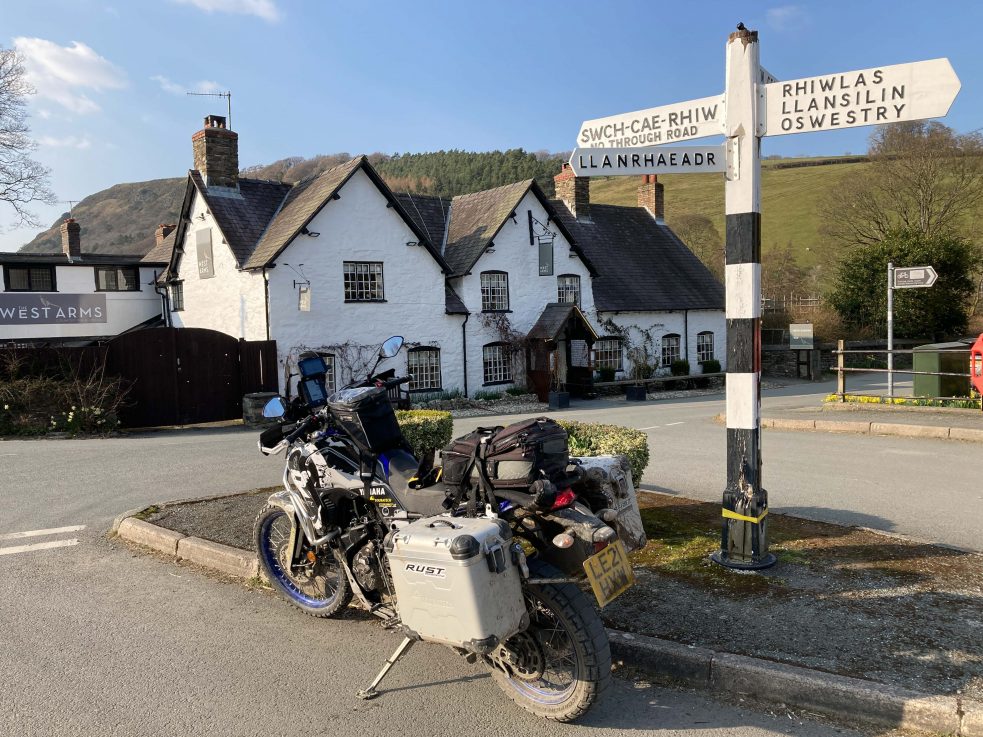
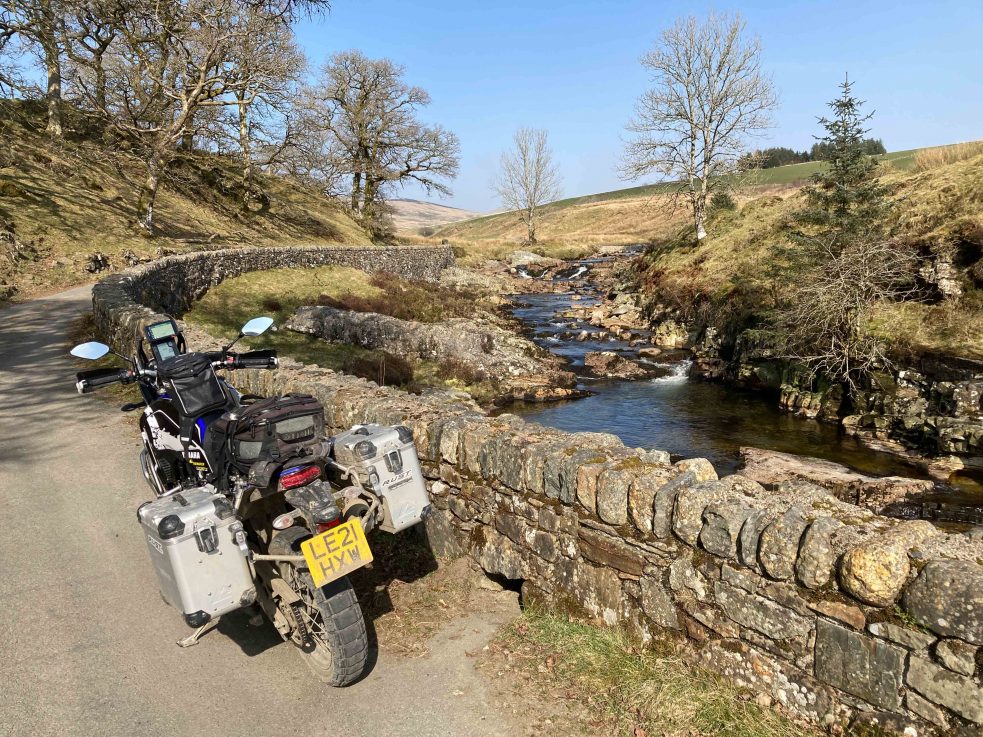
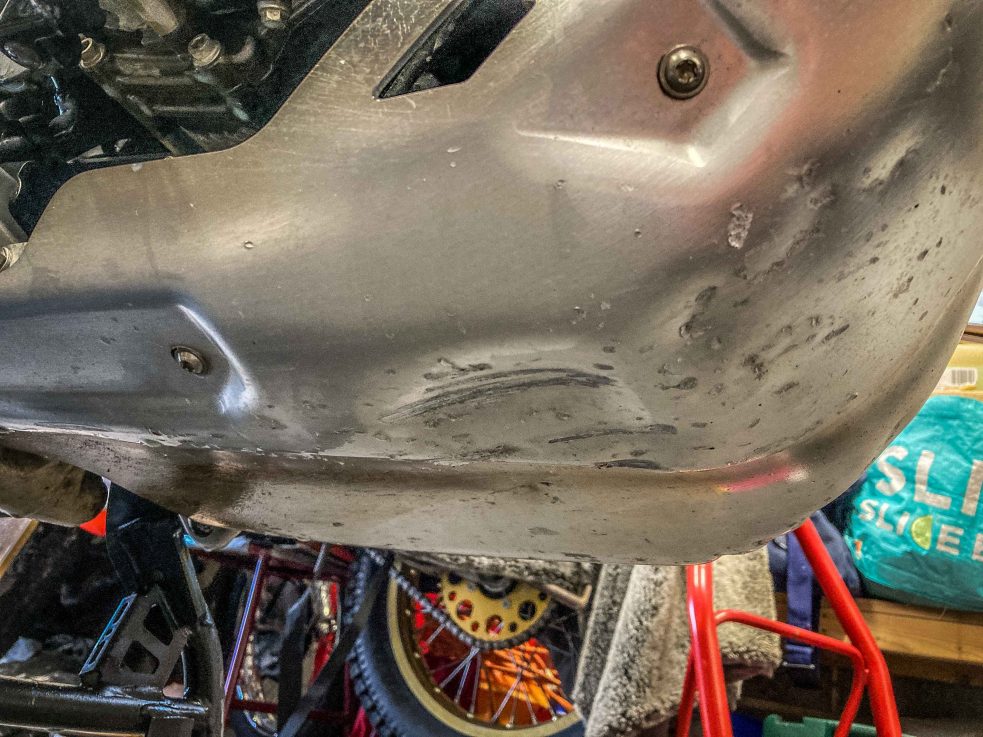
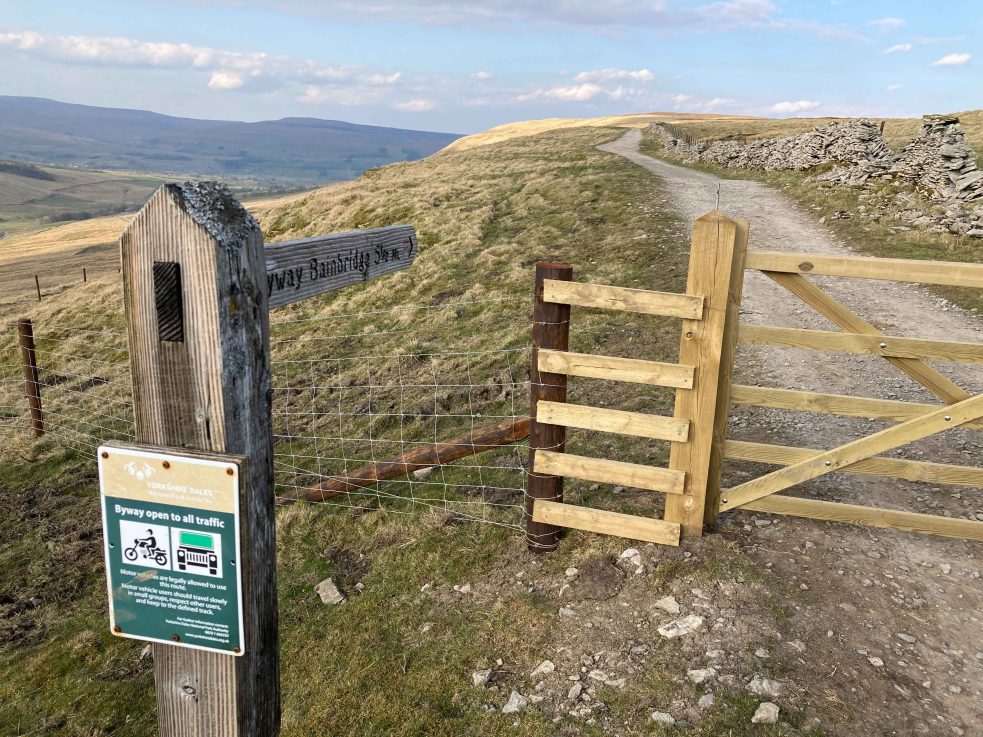
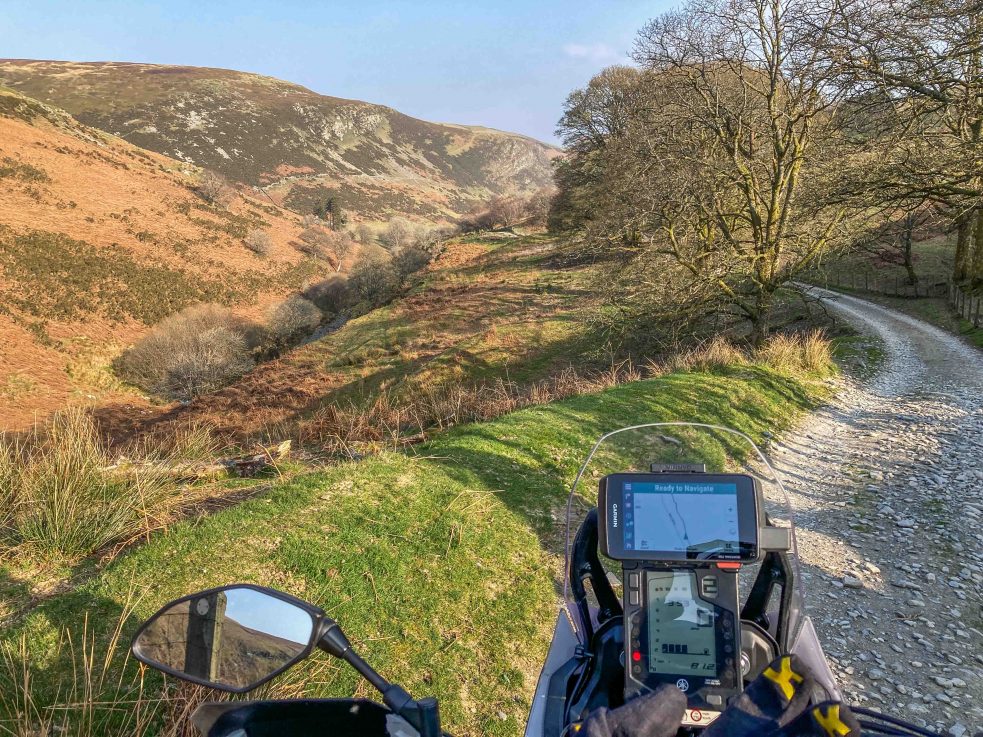
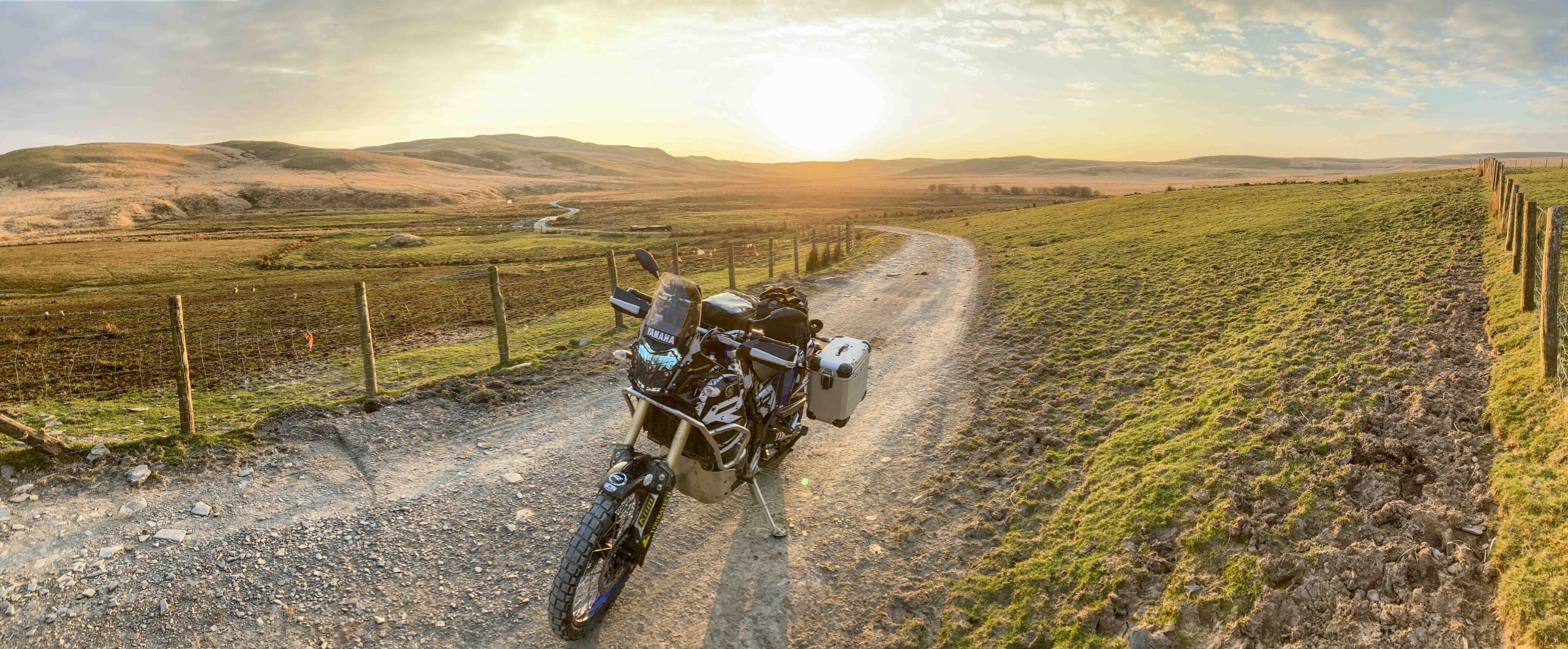
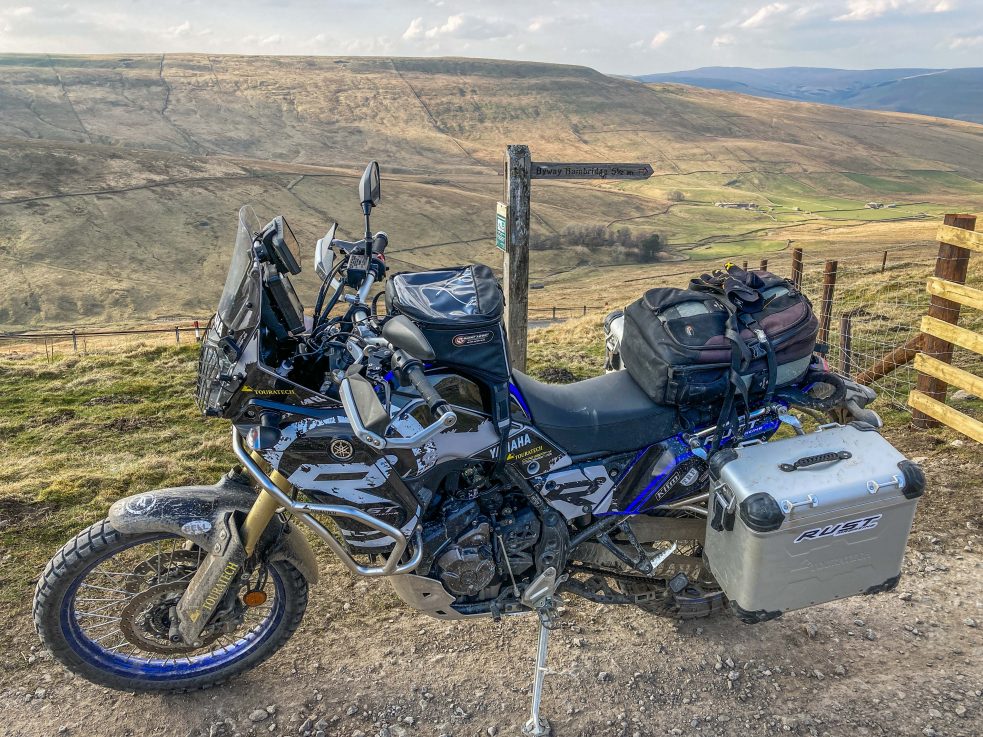
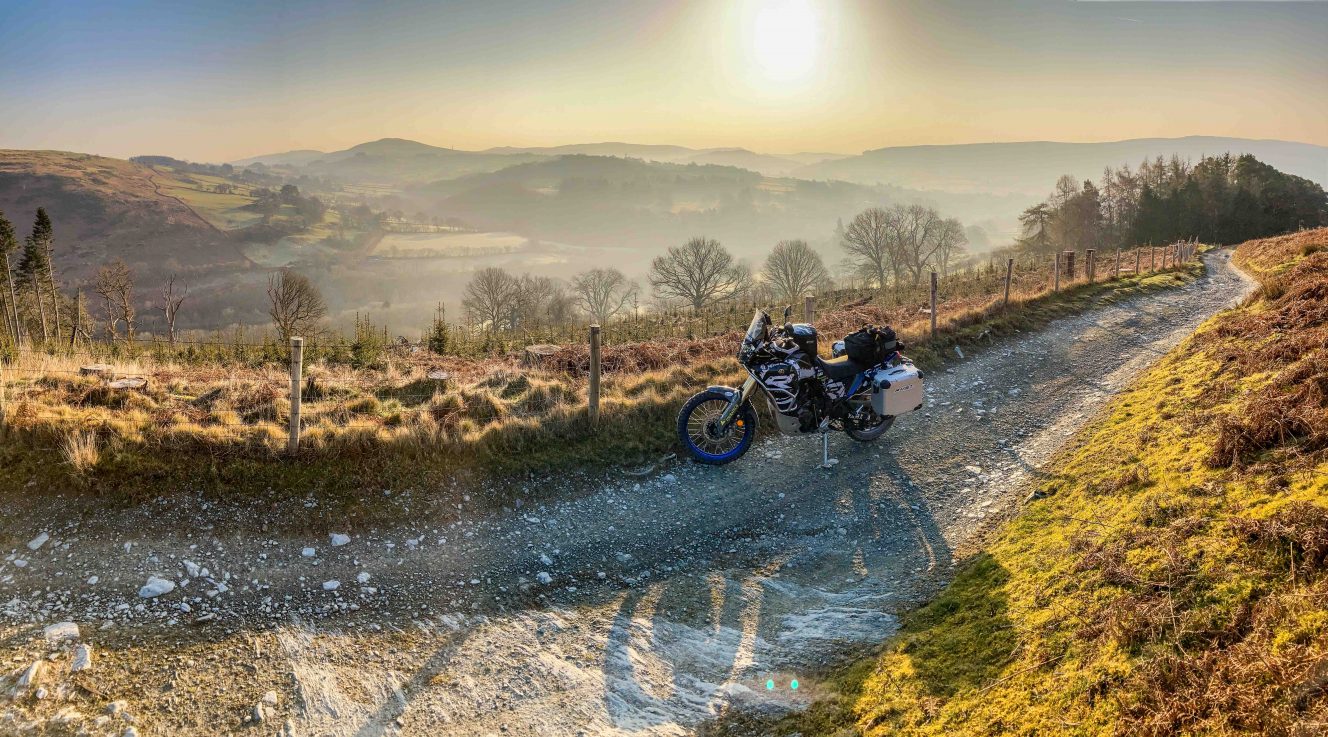
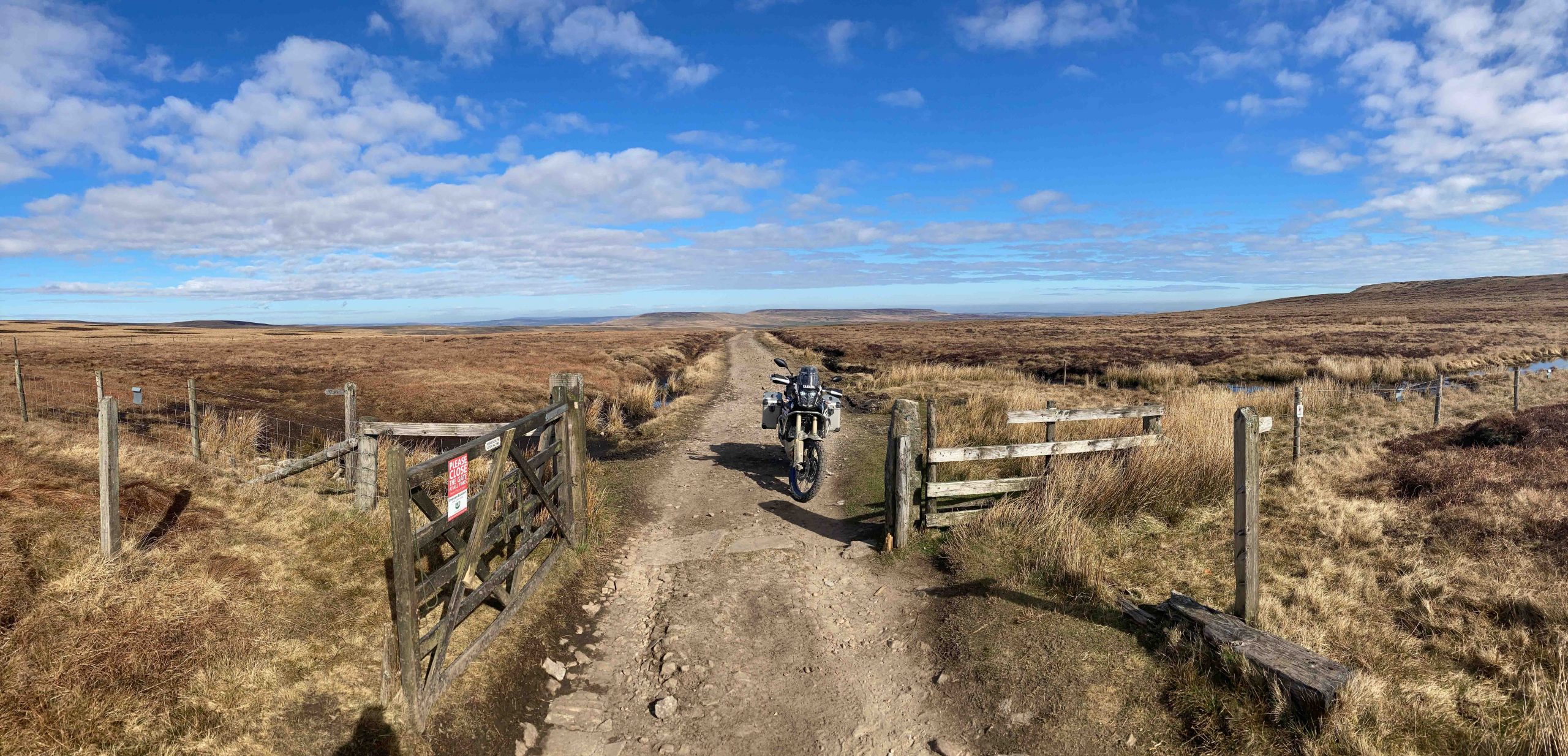
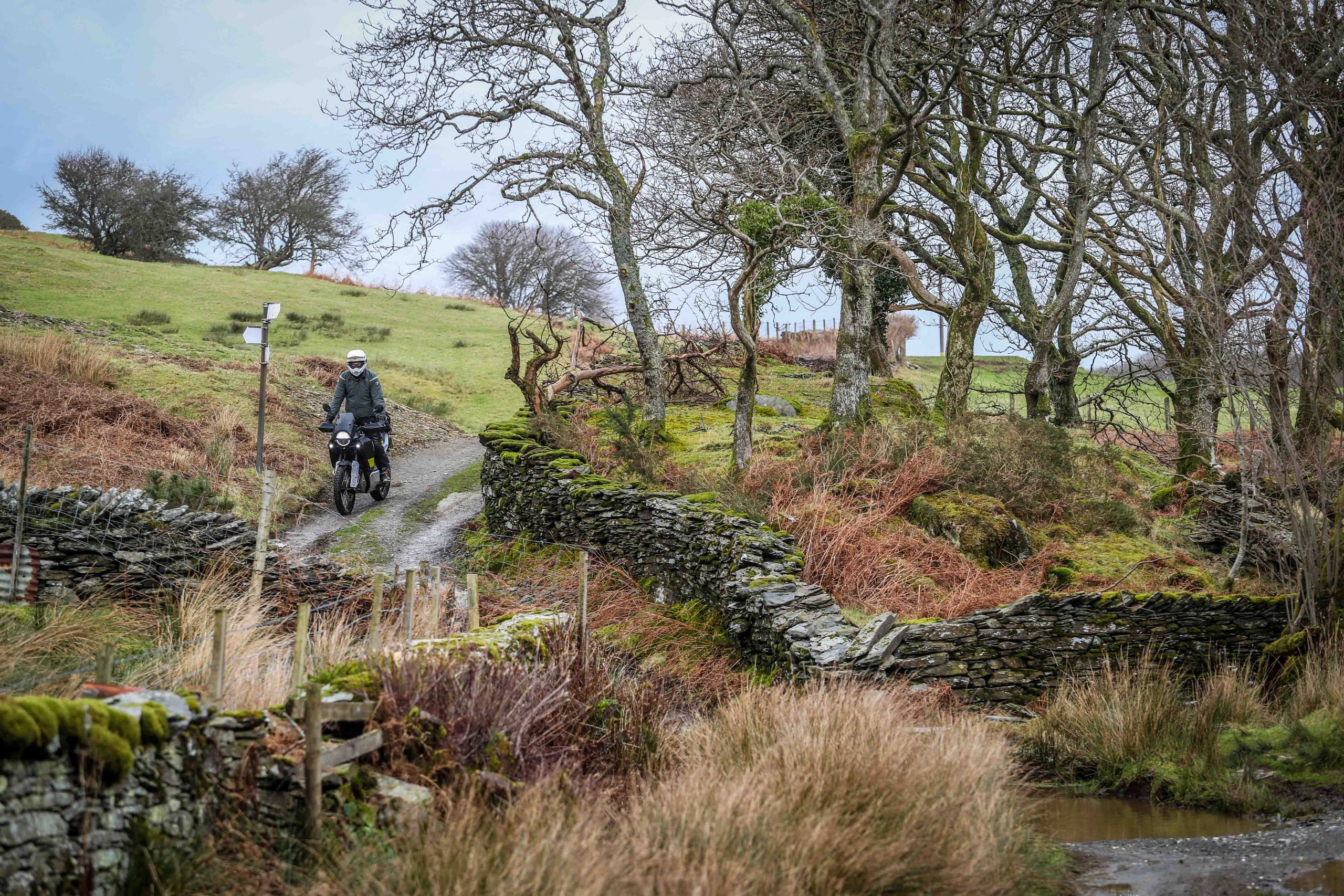
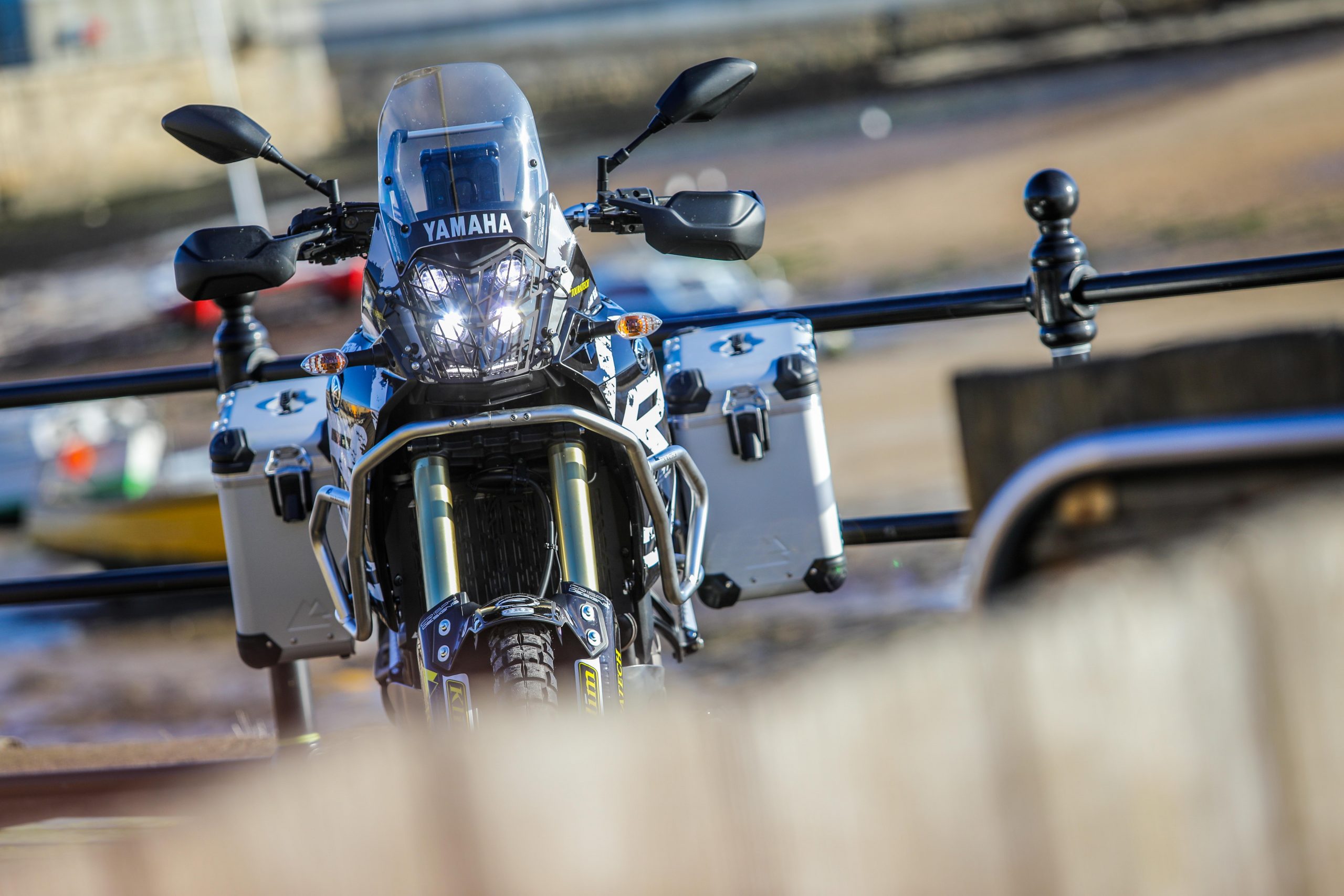
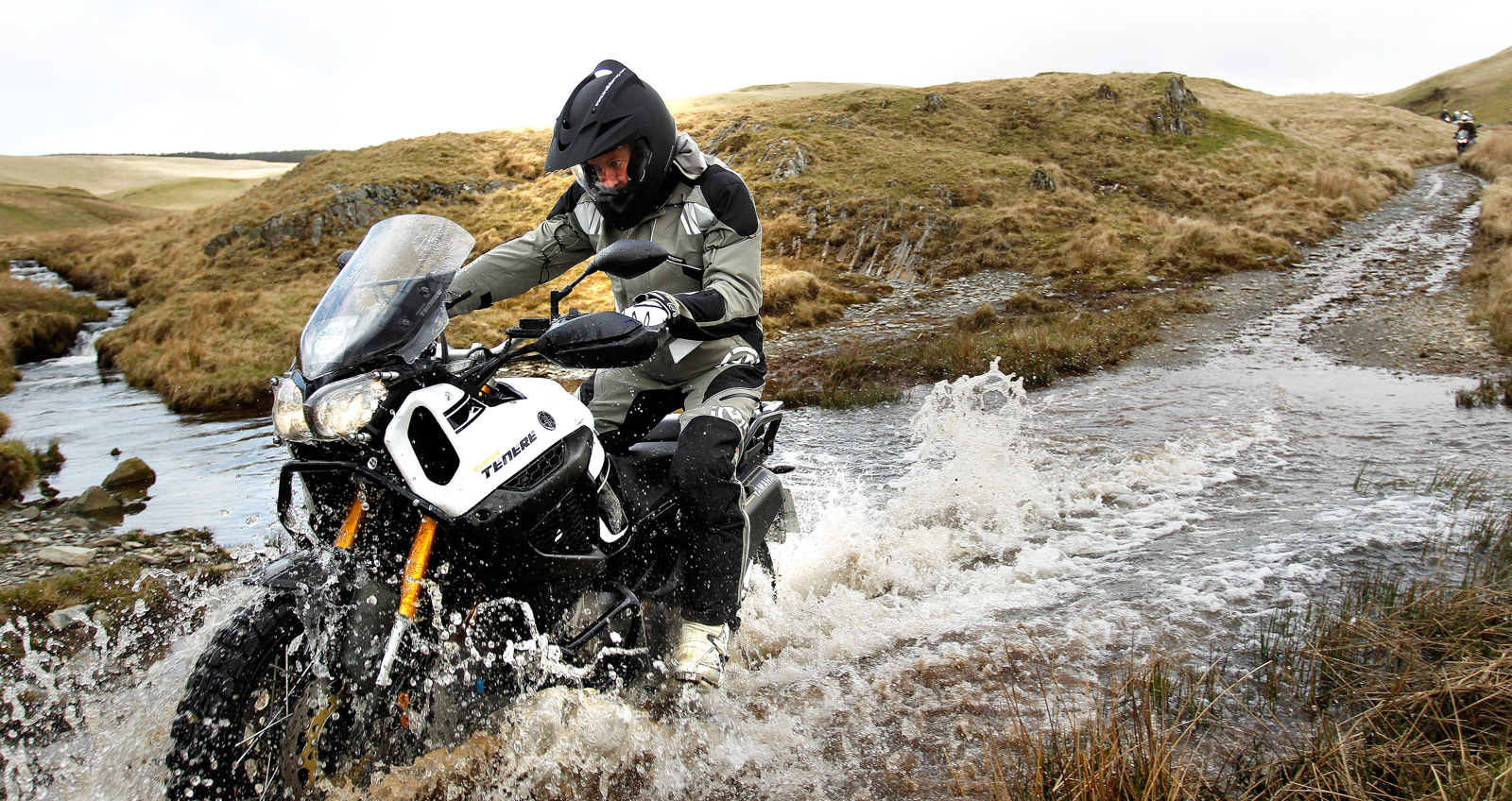

3 Responses
Hi, great article, but as a user of both 2 and 4 wheels on unsurfaced roads, a I found the stereotyping of 4×4 activity quite disappointing. Most lanes in East Anglia have 3 ruts; two from vehicular use, and the central “TRF Trough”. Occasionally it’s the agricultural vehicles that are the vandals. And, in the rockier parts of the UK, having been sprayed by the gravel/rock roost from passing trail riders (often riding at speeds exceeding the TRF code of conduct), especially on inclines, can be fierce. We’re all equally to blame for any damage.
I think that’s fair comment, Richard – I accept the criticism and equal blame is correct. I think I made the point that we shouldn’t point the finger and then did exactly that. I think with both 2 and 4 wheels there are responsible and irresponsible users, racers and winchers… Working together is quite likely the answer (that’s all users, including walkers…!) Thanks for the feedback. JB
Excellent report, thx very much! In the past I would have been trying to camp overnight, not sure of the feasibility of that along this route, but as I get older I’m thinking a B&B/pub/Inn is the way to go for the reasons you mentioned as well as just wanting (needing!) a good night’s sleep 😊. The video was a great addition too. 👍👏 Here on Vancouver Island, British Columbia there aren’t any ‘Green Roads’ per se, more ‘logging roads’ and some ‘double-track’ that would hopefully be suitable for a similar adventure. Gotta start planning! Thx again.